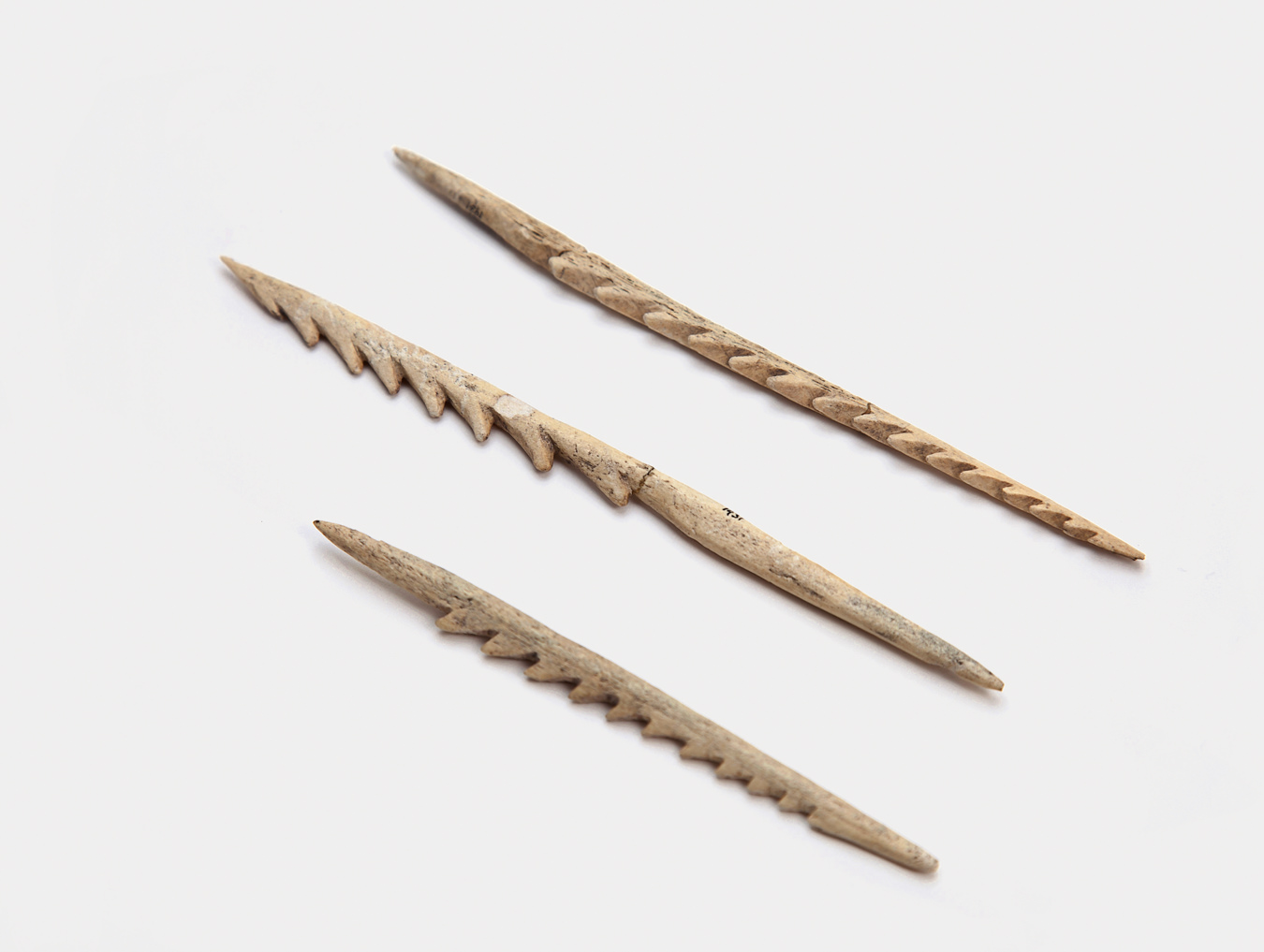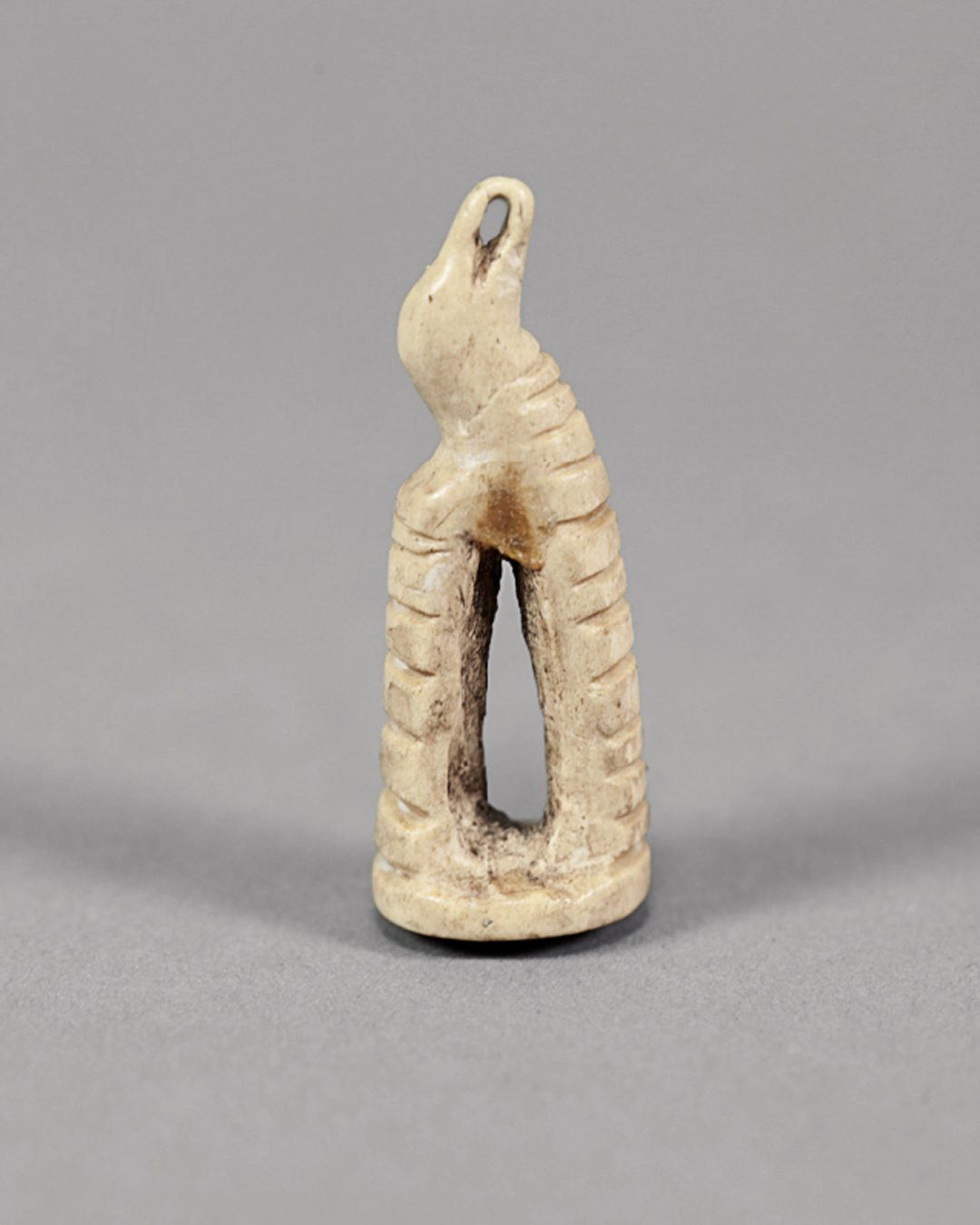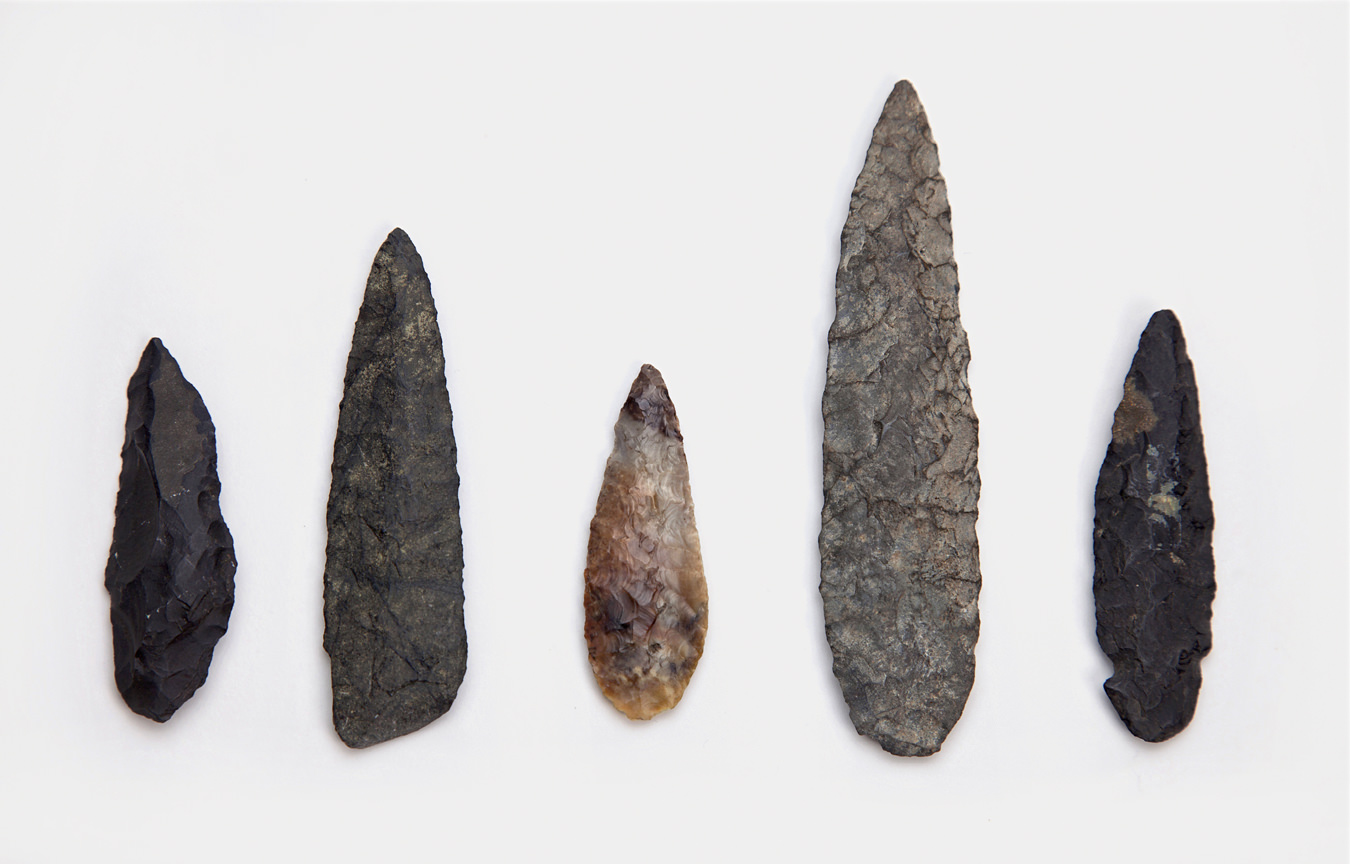On June 13, 1792, Captain George Vancouver became the second European to enter what is now known as Burrard Inlet, immediately naming it after his friend, Sir Henry Burrard. He surveyed the area and its surroundings for the next nine days, only spending one day in what is now known as the city of Vancouver. On June 22, he went to Point Grey, and to his surprise met a Spanish expedition led by Dionisio Alcala Galiano and Cayetano Valdes y Flores. He was disheartened to learn the Spanish had beaten him to this exploration, more than a year before, and had already mapped out the area. This meeting would find recognition in a name: the area it took place in is now known as Spanish Banks.
Vancouver, as well as Valdes and Galiano, memorialized their explorations and that of the Spanish explorers before them in other familiar location names: Cordova and Cardero streets and Galiano Island, as well as the city itself. They ignored the names given to these places by the c’əsnaʔəm-speaking peoples, who had lived there since time immemorial.
These peoples include the ancestors of the Squamish, Tsleil-Waututh, Musqueam, Tsawwassen, Kwikwetlem, Katzie, and Kwantlen. Musqueam found the bay situated at the mouth of the river to be the most advantageous, full of seafood and wildlife. They were protectors of the entryway into their land, as well as the land itself, responsible for who came in as well as who came out. The village stayed this way for the thousands of years to follow, until the Europeans made their appearance. European arrival severely impacted Musqueam’s ability to exercise their culture. In the next 200 years after Vancouver’s arrival, a modern city would spring up around Musqueam, their land tracts would become smaller, and a fight to retain their heritage and sacred lands would begin.
There are belongings for fishing and hunting, carved with minute detail and from oral tradition.
A new exhibit, “c’əsnaʔəm, the city before the city”, seeks to explore this culture and connect visitors to the ancient land that has been underneath our feet and informing our community—perhaps unconsciously—since the modern city began. The Musqueam First Nation, the Museum of Anthropology (MOA) at UBC, and the Museum of Vancouver (MOV) each contribute a unique portion to this collaborative effort that is the first of its kind in Vancouver.
Historically, exhibitions on aboriginal peoples were designed without any band consultation, making them very much an outsider’s speculation on a culture and its people. “c’əsnaʔəm” is different. The focus is on one of Musqueam’s ancient villages, situated in the areas now known as Granville Street and the Arthur Laing Bridge on Southwest Marine Drive and commonly referred to as the “Marpole Midden”.
At the Museum of Vancouver, you are greeted by a large nail placed outside the entryway and are invited to place your preconceived notions about Vancouver and Musqueam on it before you enter. Here the focus is on material culture, but rather than use the words “tools” or “artifacts”, the band has asked that they be referred to as “belongings”. This brings to what otherwise could be an academic exercise a sense of the deeply personal. There are belongings for fishing and hunting, carved with minute detail and from oral tradition. There is also a portion of the MOV exhibit detailing that some of the first pieces were, ironically, found by that same institution. In the 1920s, the historical society that would eventually become the museum began a dig at a site of potential archaeological interest. Utensils, hunting implements, even ancestral remains were found. However, the discoveries were not treated with the necessary weight. The site became a tourist attraction, with day visitors frequently taking home ancient belongings. All this was perfectly legal and without consequence. The location was officially classified as a Canadian National Historic Site in 1933.
Displayed along with photographs of the original dig are busts created of aboriginal peoples. They are reminiscent of eugenics, complete with the kind of stereotypical, wincing racism found in some cultural profiling of the day. In the background, an illustrated film plays, telling the story of Musqueam origins of the place they call home.
Historically, exhibitions on aboriginal peoples were designed without any band consultation, making them very much an outsider’s speculation on a culture and its people.
The story continues at the Musqueam Nation. Here a new dimension to the story of the belongings is added: the how and why of their craftsmanship. Morgan Guerin, a member of the Musqueam band, built a 32-foot-long sturgeon harpoon out of yellow cedar with several family members, including his son. He describes how when the harpoon is built according to oral tradition, the eagle feather on the end will send a vibration through the spear to the fisherman’s jaw, telling of a fish below. Guerin’s fellow band member Terry Point describes how muscle memory informs how things are made, and the disconnect between studying the belongings and using them. They feel using the possessions, and learning how and why to craft them, will bridge this gap of understanding of Musqueam ways and traditions, and transform what might be viewed as useful material items into exquisite pieces of cultural representation. They assert that all are welcome and invited into this learning process and to bear in mind that Vancouver is a part of the Musqueam story, not the other way around.
The MOA portion of the exhibit could be considered counterintuitive: although traditionally the home of anthropological artifacts, its section is focused on the contemporary issues of the “midden”, a term disliked by many of the Musqueam. Although technically protected since 1933, Musqueam wants the preservation of cultural sites, such as villages and burial grounds, whereas the city wants development. In addition, this exhibit talks about the importance of preserving a culture that has faced much mishandling by Westerners. The overwhelming feeling is a need by band members to protect and conserve their values, traditions, and memories. Most of all, the quotes and displays ask for respect. At the exit, a thank you is extended from the Musqueam to the visitor for being a witness to their story, and a request to commit “c’əsnaʔəm” to memory in both heart and mind.
Culture is studied by what we pass on and what we leave behind. In the case of “the city before the city” and Musqueam, it is the study of a living book. There is more to be written, and it is an honour to be a witness.
Images courtesy of the UBC Laboratory of Archaeology and the Musqueam Indian Band, Vancouver, Canada.











